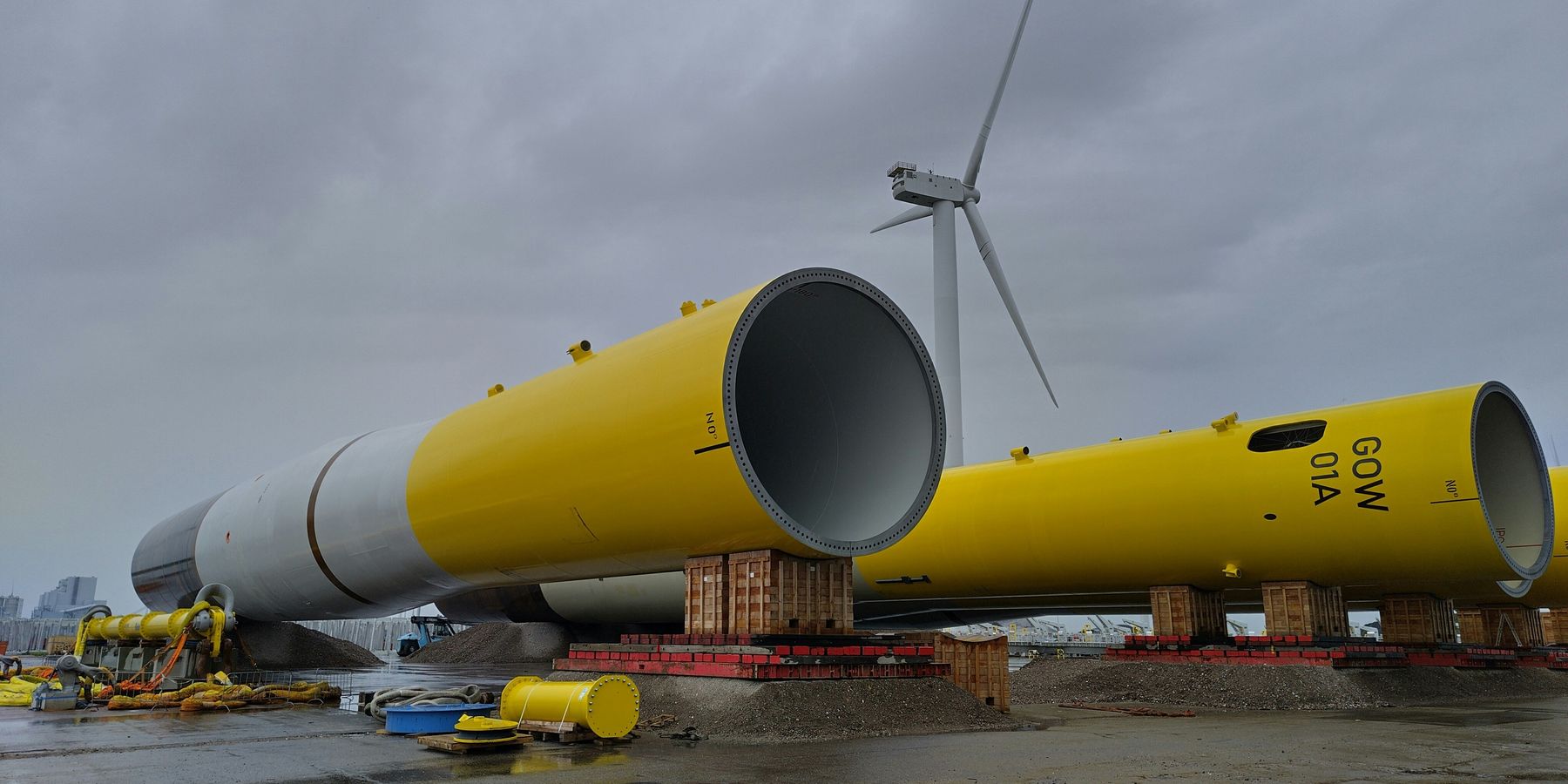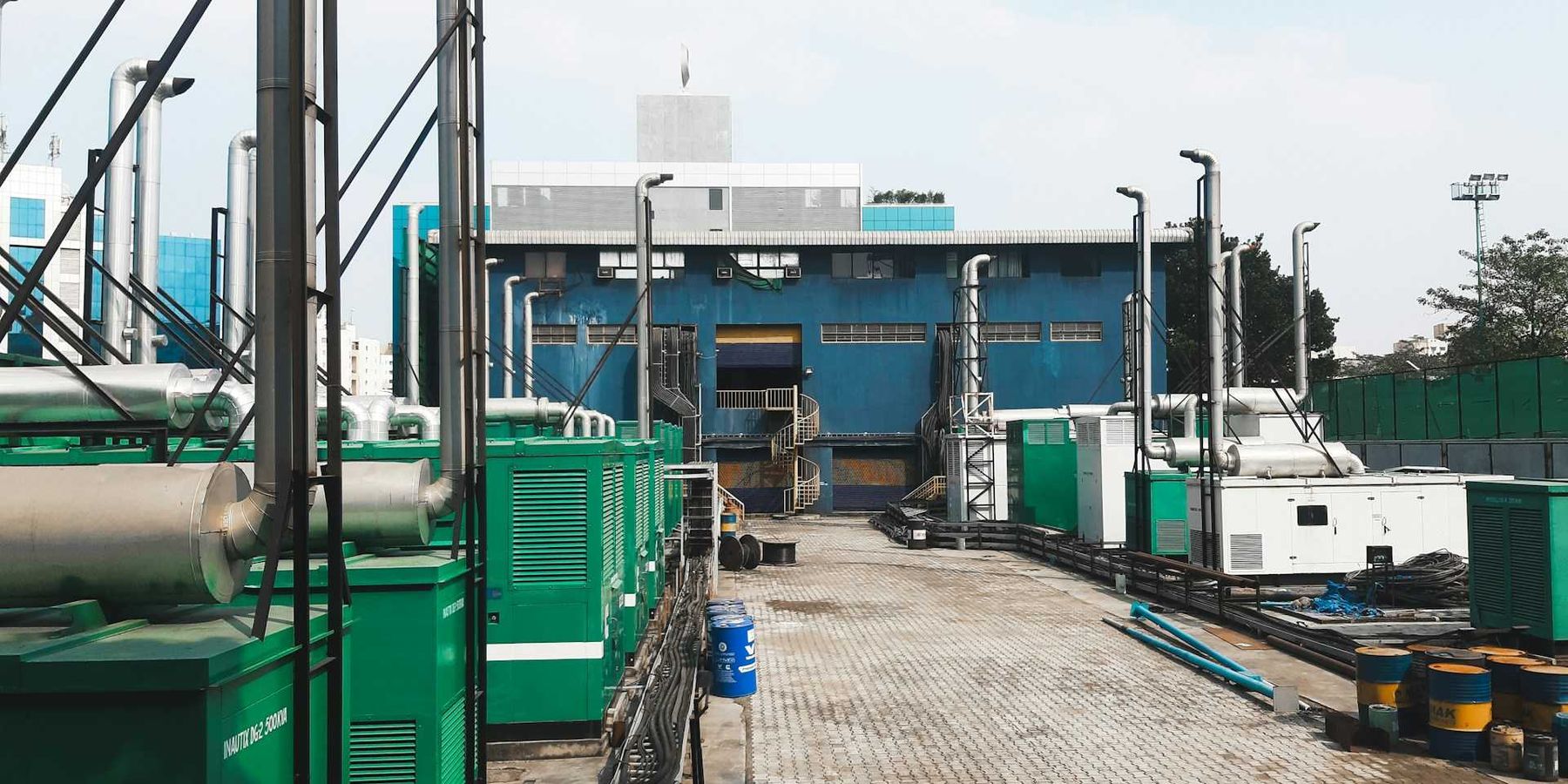Major fossil fuel companies linked to half of global carbon emissions
Just 36 fossil fuel companies accounted for half of the world’s carbon emissions in 2023, with emissions continuing to rise despite global climate commitments.
Damian Carrington reports for The Guardian.
In short:
- The Carbon Majors report found that 36 major fossil fuel companies, including Saudi Aramco, ExxonMobil, and Shell, were responsible for over 20 billion tons of CO₂ emissions in 2023.
- State-owned companies, primarily in China, make up the majority of these top emitters, with coal contributing 41% of emissions.
- The data is being used in legal cases and regulatory actions to hold fossil fuel firms accountable for climate-related damages.
Key quote:
“These companies are keeping the world hooked on fossil fuels with no plans to slow production. The science is clear: we cannot move backwards to more fossil fuels and more extraction. Instead, we must move forward to the many possibilities of a decarbonised economic system that works for people and the planet.”
— Christiana Figueres, former United Nations climate chief
Why this matters:
The world is at a crossroads. To keep global warming within relatively safe limits, scientists warn that greenhouse gas emissions must plummet by 2030. Yet, despite this urgent call, fossil fuel production continues to expand, locking in future emissions and pushing the planet toward more severe climate disruptions.
Carbon pollution is fueling an era of extreme weather: wildfires that consume entire towns, hurricanes that stall and drench cities, and heat waves that push power grids to the brink. Rising global temperatures also pose a direct threat to food and water security, altering growing seasons and reducing the availability of fresh water in some of the world’s most vulnerable regions. Public health experts warn of the increasing toll — more heat-related illnesses, the spread of mosquito-borne diseases, and worsening air quality that exacerbates asthma and heart disease.
Related: BP shifts focus back to fossil fuels, slashing green investments













